If you are viewing this on medium, I’d like to invite you to view this blog on my new website at yannichau.i234.me/lights-camera-action/. This is where this article is originally crafted, where images not only supplement the blog content, but also belong to it. The formatting on Medium no longer satisfies my eneds as a photograper and blogger, and going forward, publishing all my content on this WordPress site will enable me to add elements of visual context to my content.
Let’s enter dark mode.
Welcome to the first of a series of blogs that I have written for the photographs that I have taken in Hong Kong. This one in particular is dedicated to a collection of night-time shots. I’ve chosen these photos as the focus, not because the results are more spectacular than daytime shots.
In fact I’ve chosen them for the exact opposing reasons – the imperfections and peculiar perspectives are reflections ofthe environments that my camera and its owner finds extremely challenging to excel in.
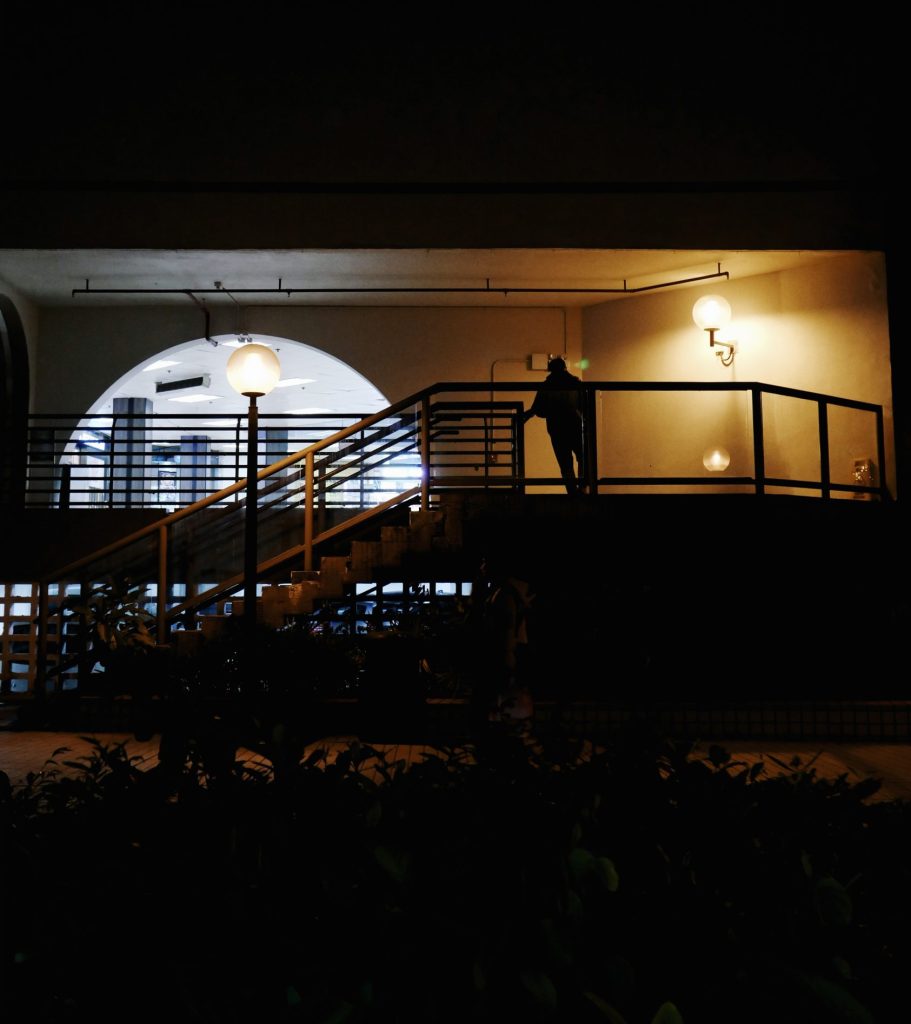
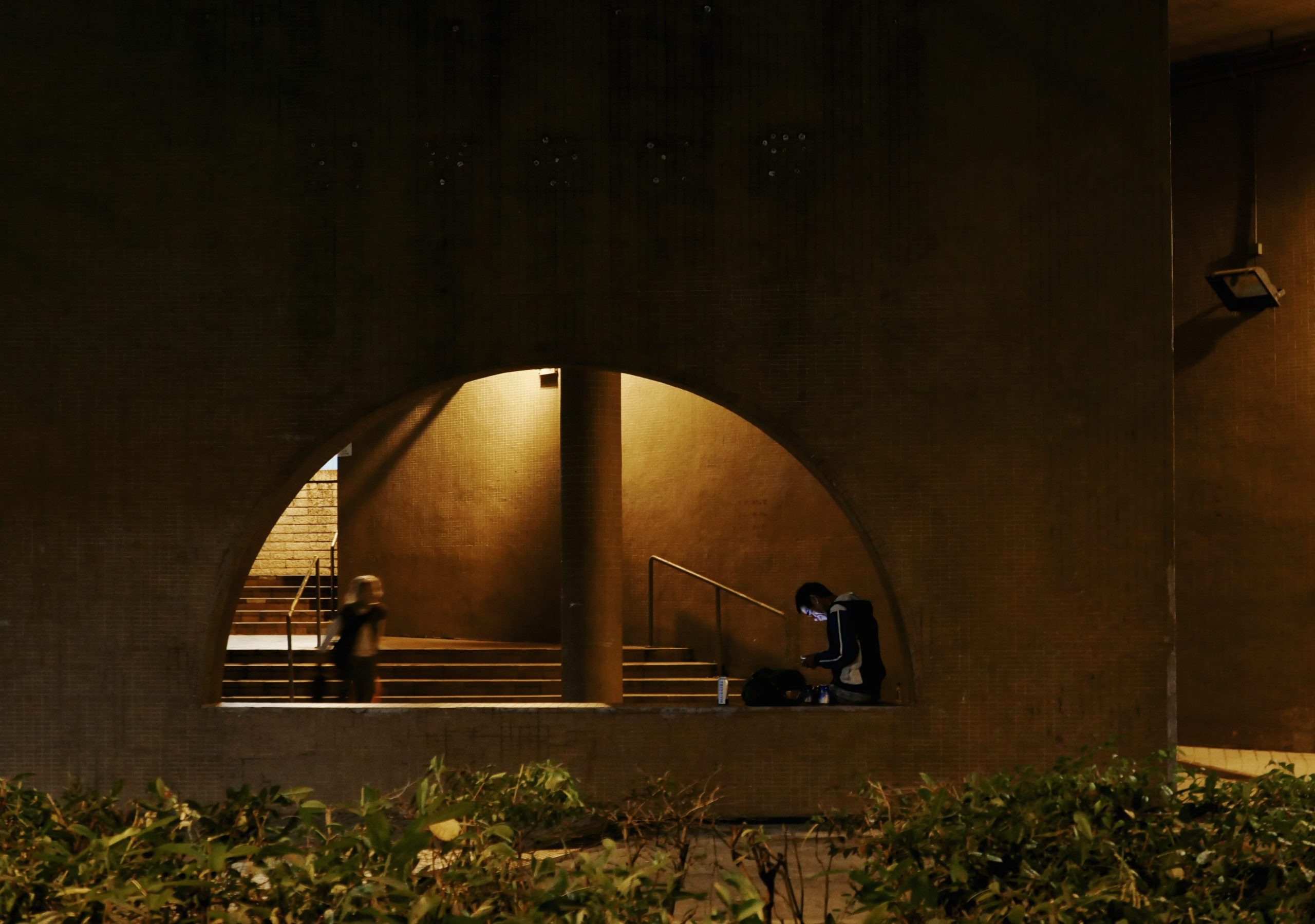
The first challenge that comes in to mind is balance. There’s the camera’s preference to over-expose and return a result that looks too bright for sundown, battling against my frequent temptation to counteract this with needlessly chronic under-exposure. For example, the underexposure in the first shot completely removes the foreground and makes the bottom half muddy. In contrast, though the man in the second shot is the subject drawn to the viewer’s attention by the arch, the lights behind the pillar and the illumination from his mobile, it feels as if the grass is fighting for attention.
In both images there’s an assortment of geometric shapes that define the overall structure, and even a mixture of static and moving objects that convey a degree of liveliness. But the lighting of each photo has only served as distractions. The result is somewhat tasteless.
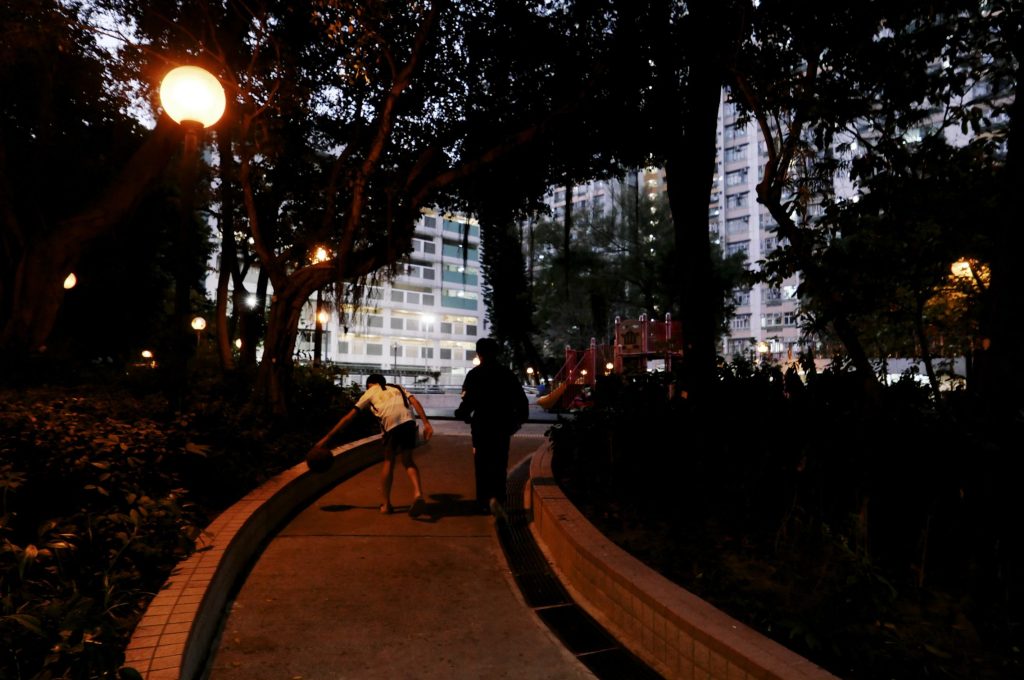
This problem is further made muddier when the night-time shots are not quite night-time shots. That is, when twilight prevails, the camera is presented with an environment neither too dark or bright. Do photos taken at twilight or moments before sundown belong in this category?
Let’s change the perspective a bit.
Let the lights power up, the film in the camera roll, as the actors begin their performance – every film production begins with “lights” and “camera”, and this cohesion sets the stage for “action”. This is how a film starts. A successful production is nearly always characterised by a final outcome where these factors are completely hidden from the audience’s view.
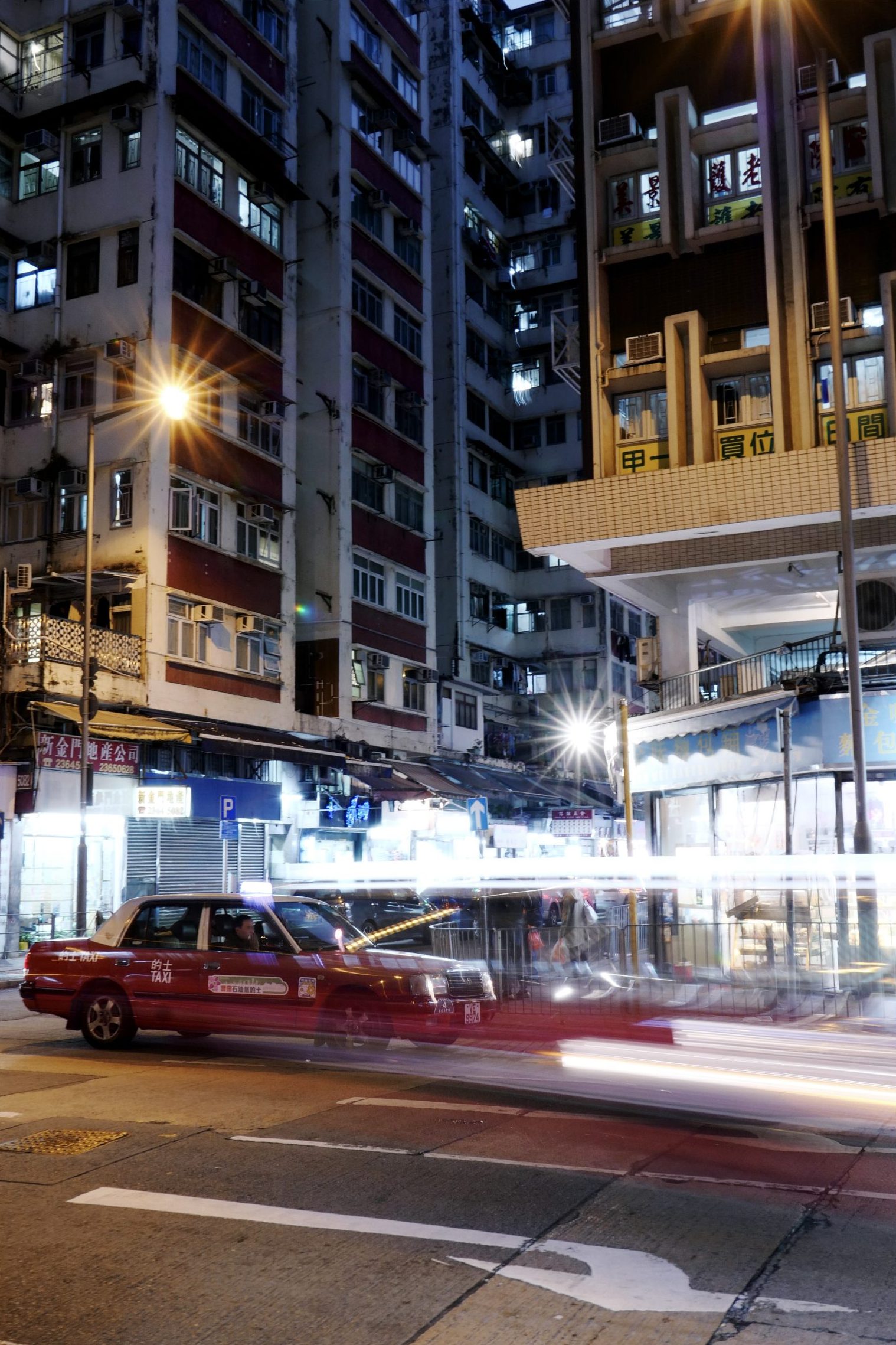
Whereas the dynamism of a film directly engages its viewer towards its plot, a protagonist’s actions or the atmosphere of an environment, the inherent static outcome of a photograph invites the viewer to stare at it with an invariable but often heightening amount of attention. It is therefore an intriguing task for a photographer to recreate the same degree of engagement in photographs.
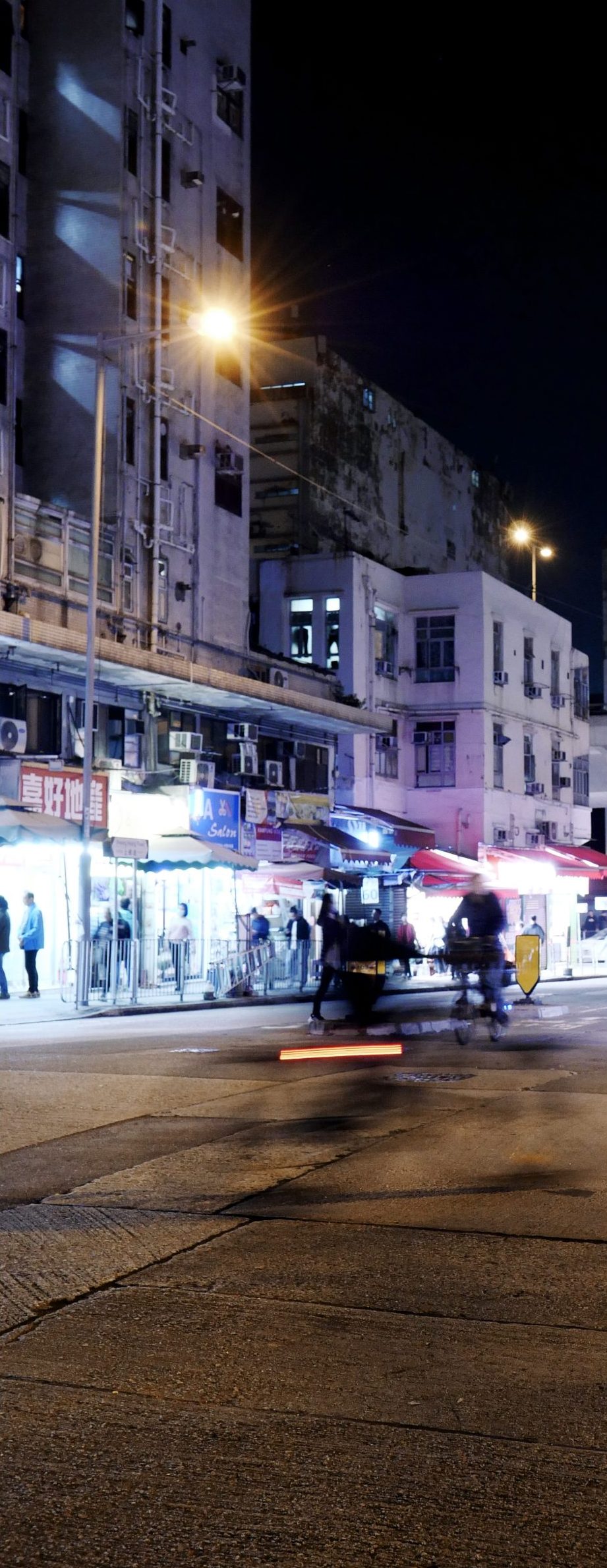
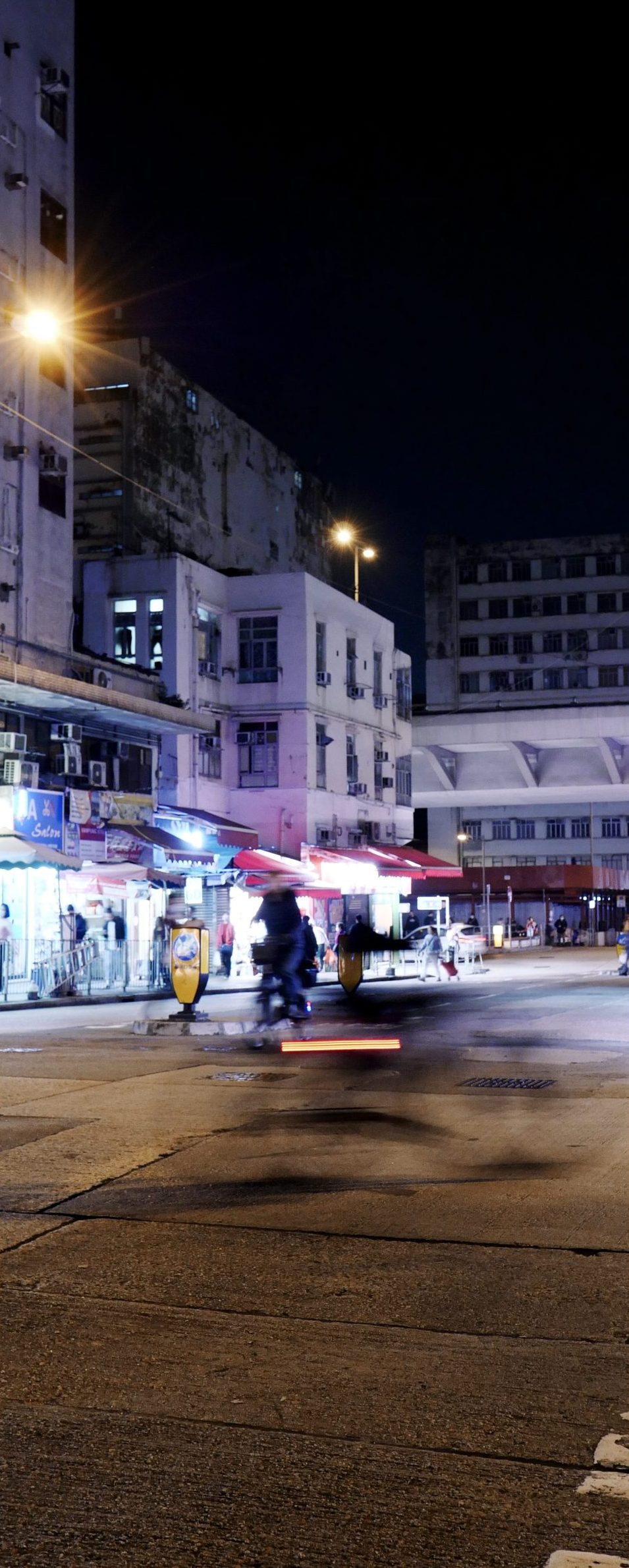
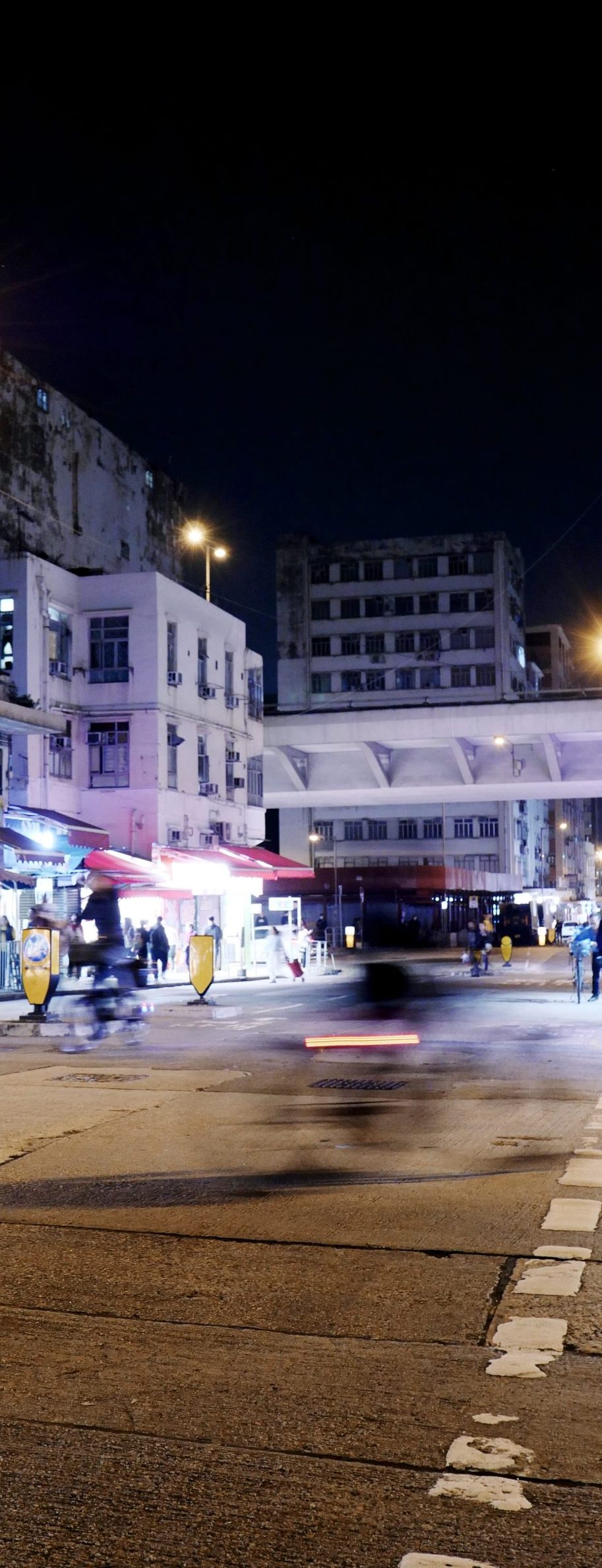
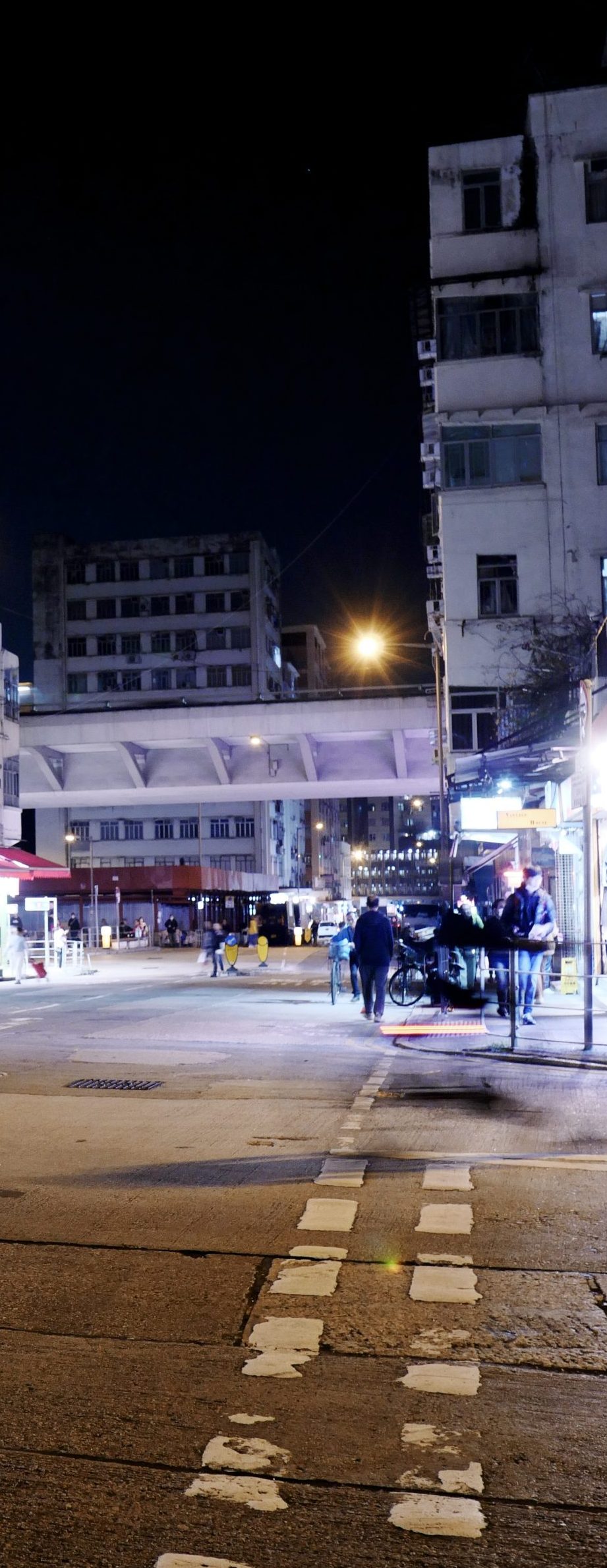
In these shots, the object that reassuredly stays constant is the camera.
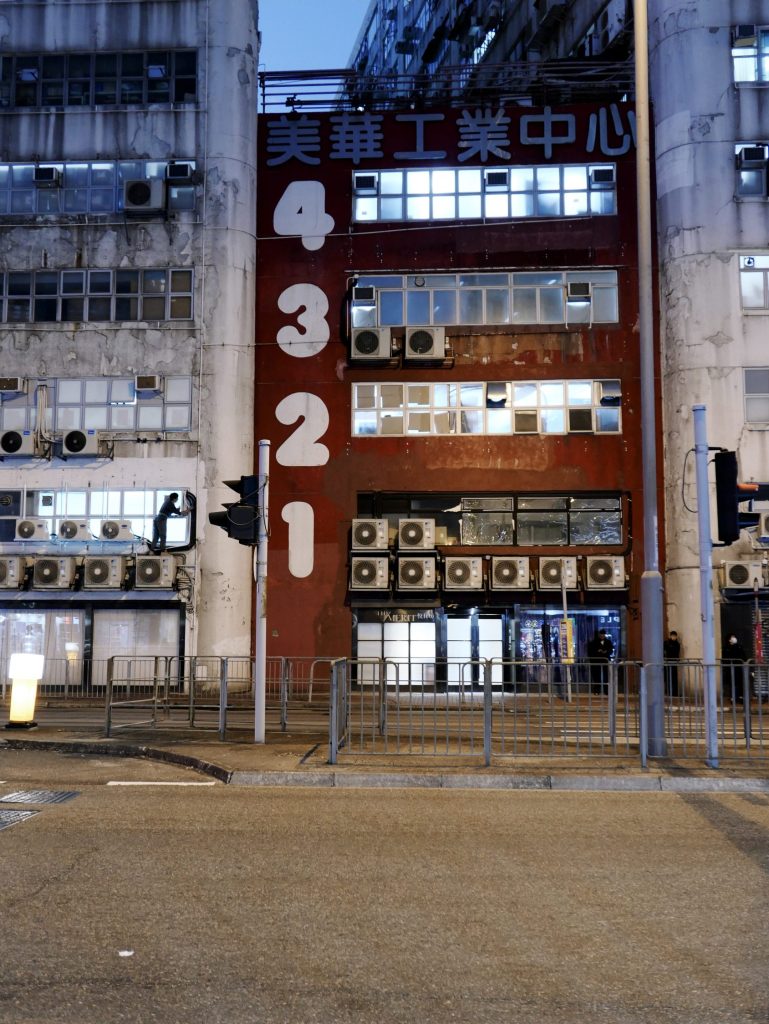
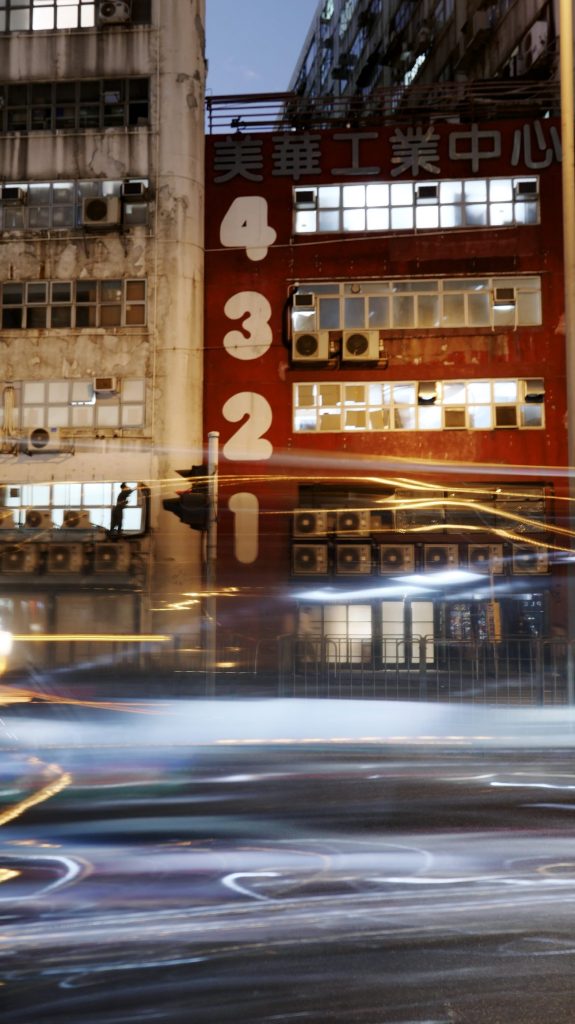
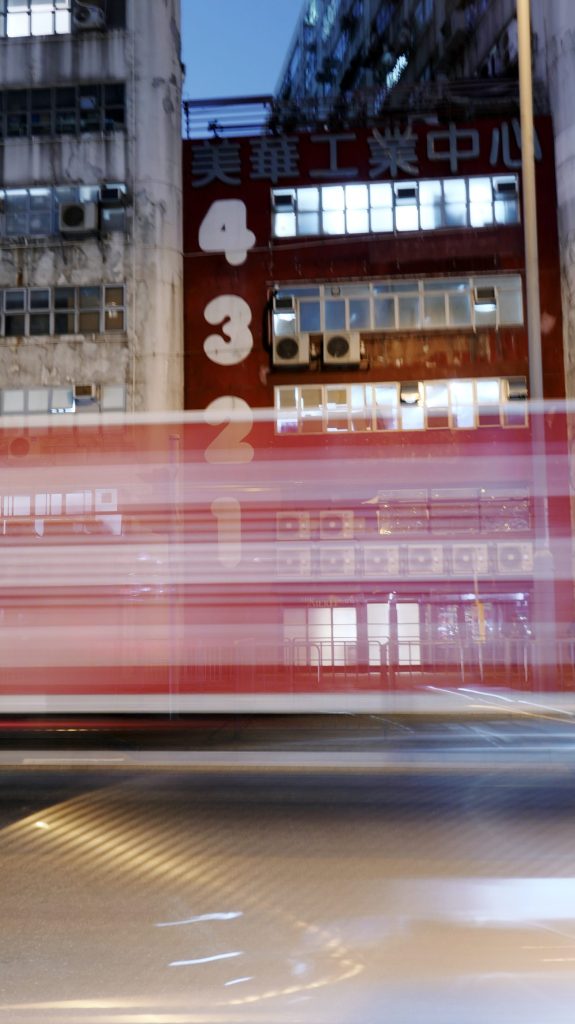
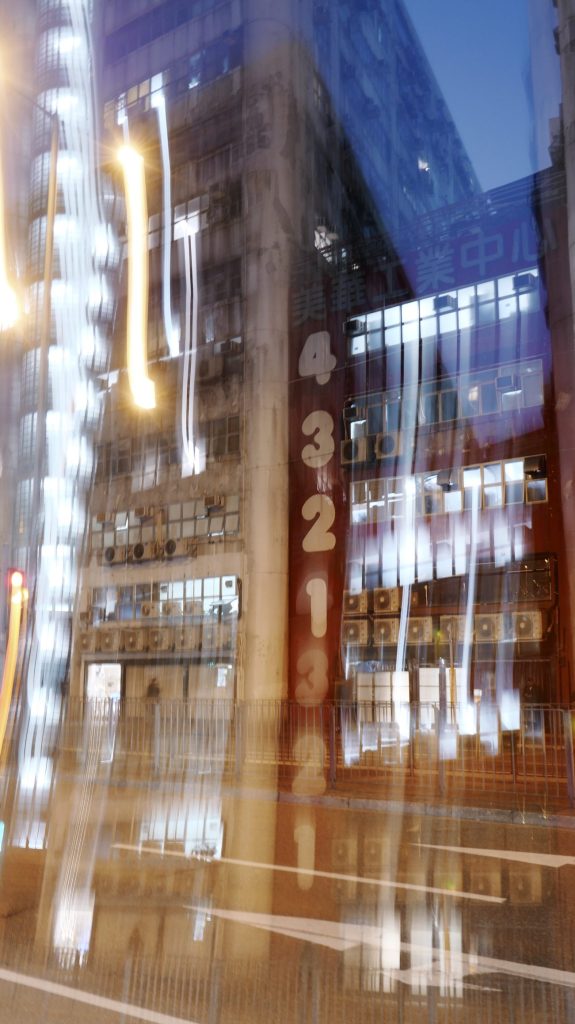
The result is a series of images which are a stark contrast to the stock architectural images that I am normally accustomed to taking when I travel. Exchange attention of a consistent static object for a glimpse of the varied movements in the city, rule-binding geometric porportions for the unimpeded sprawling nature of light, and pixel-perfect clarity for a blurred perspective – and night photography feels alive!
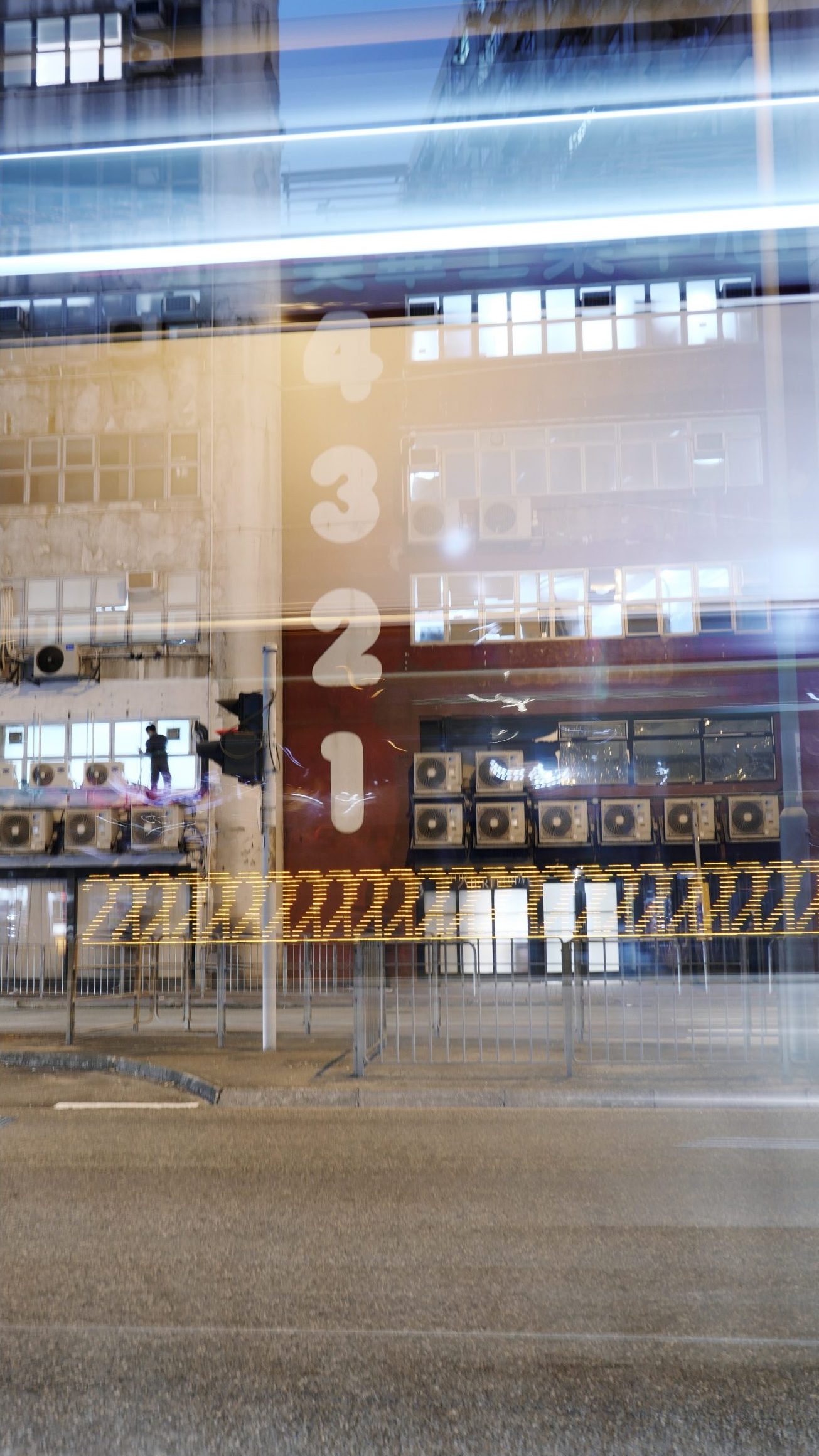
The electrical engineer in me is especially captivated with this shot, which is beautiful proof of a dot matrix display refresh. In fact, it would be possible to work out its refresh rate from this image, with a couple estimations like the vehicle speed, distance from the camera, and information like the lens’ focal length.
Except when the camera that reassuredly stays constant no longer stays constant, photos bring entirely new perspectives.
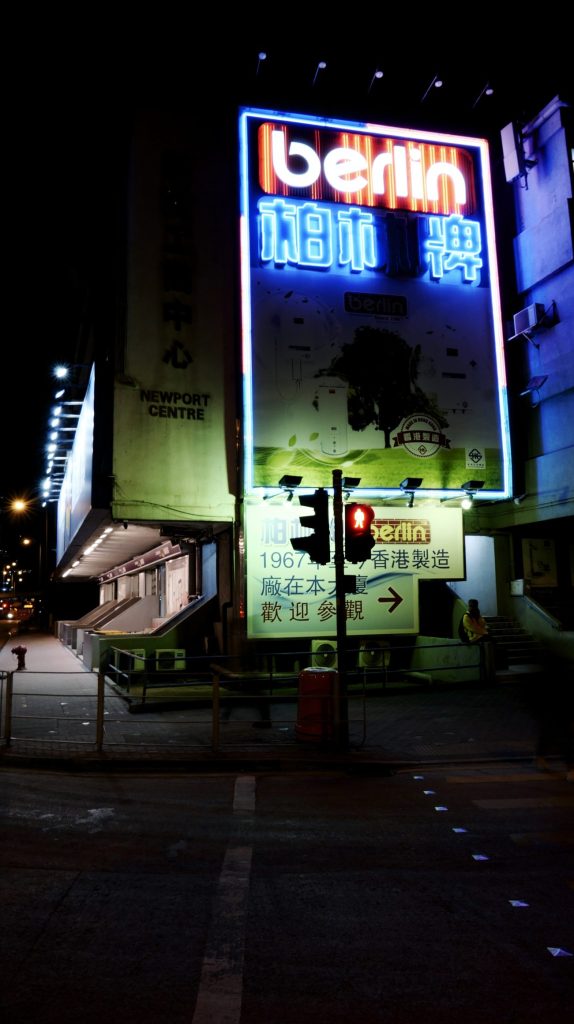
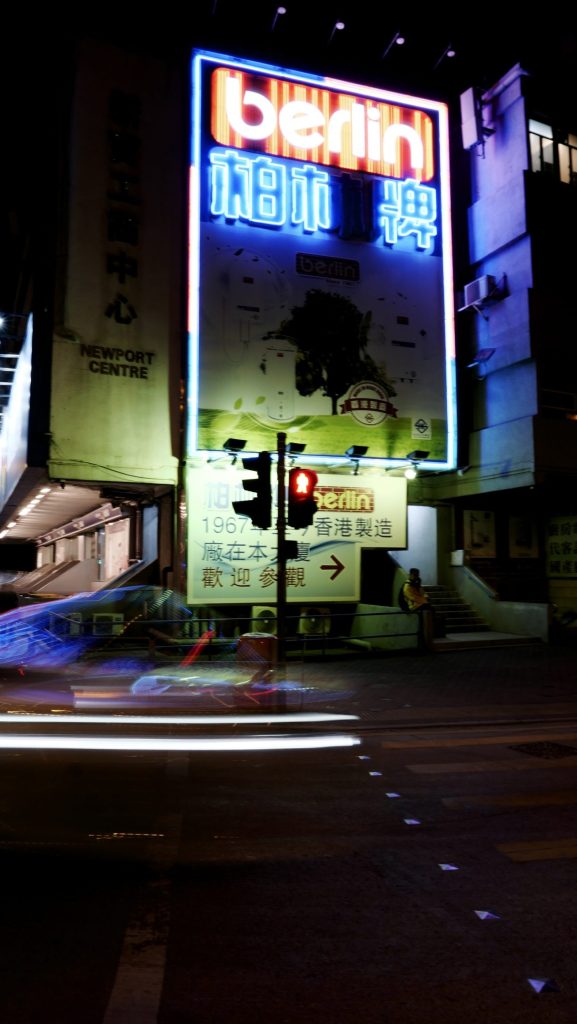
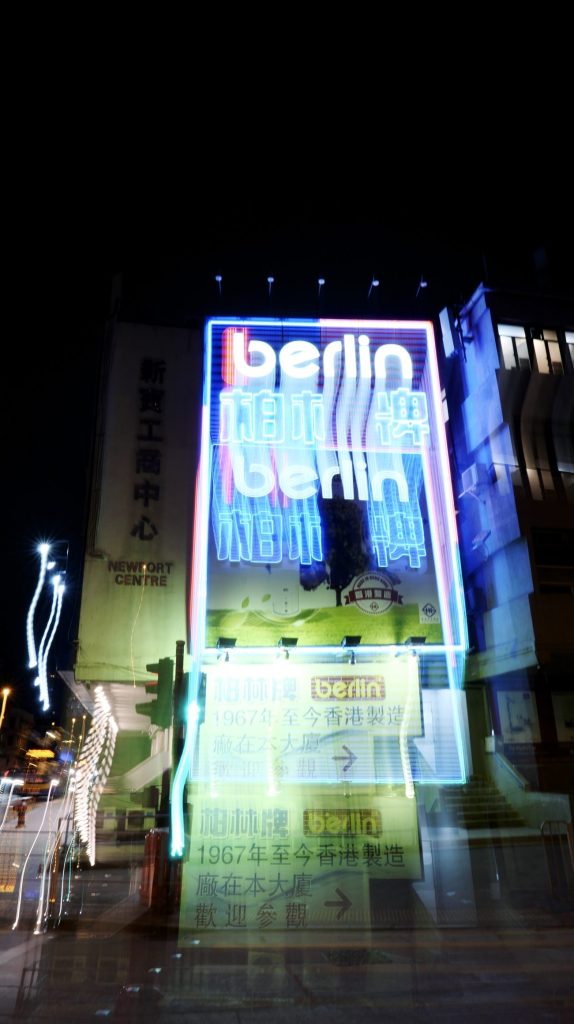
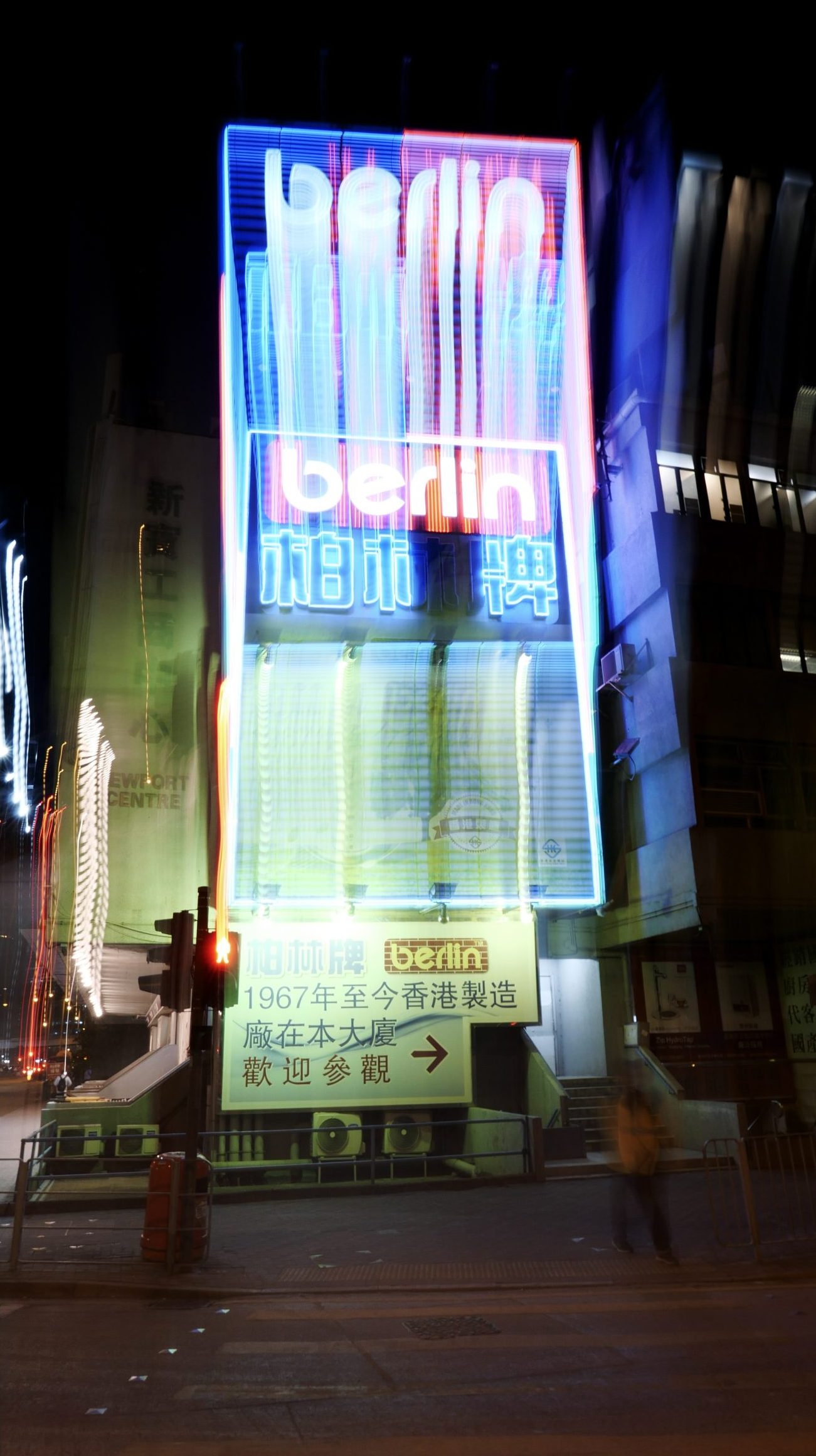
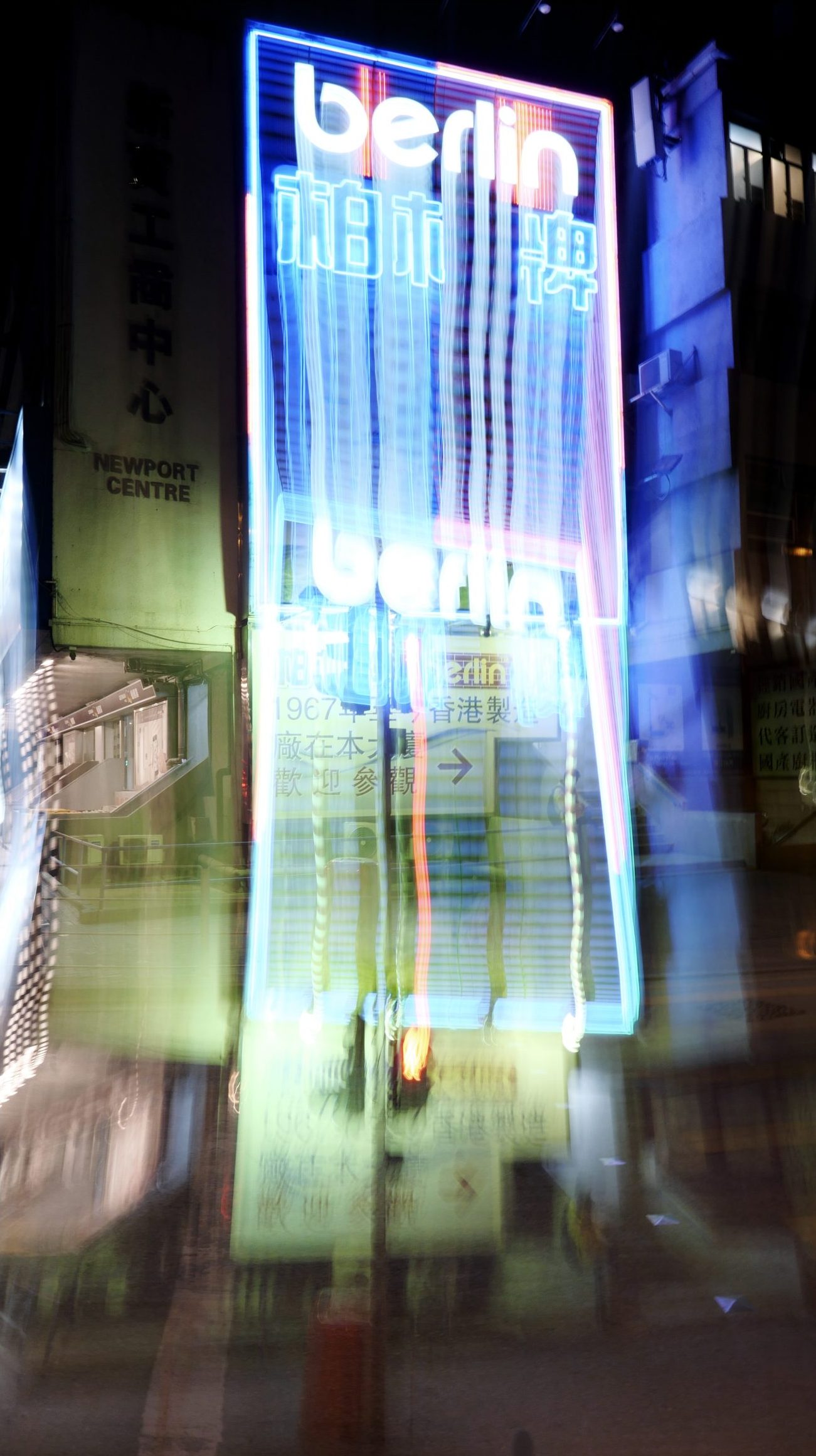
Let the camera follow the lights, either along it or towards it.
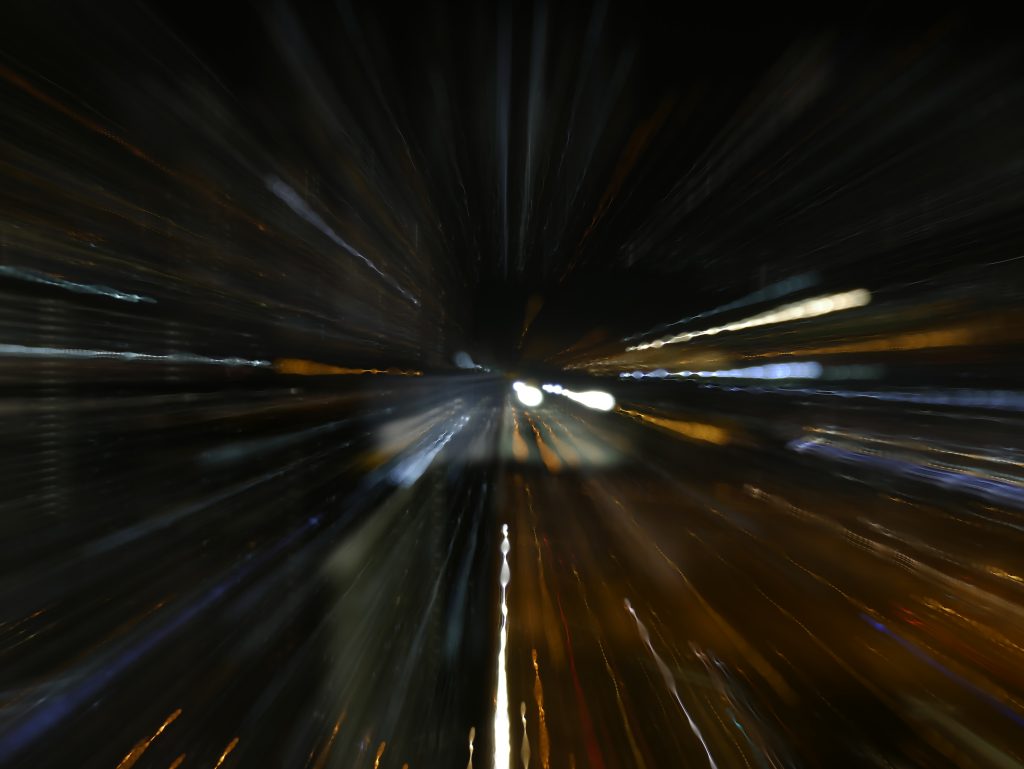
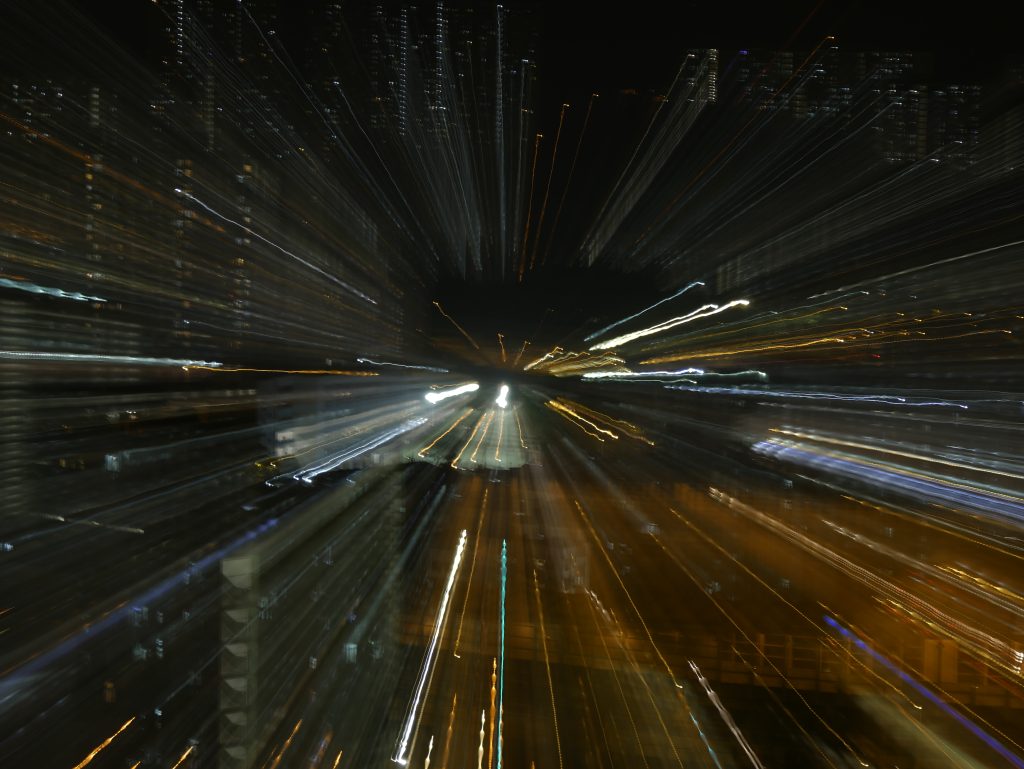
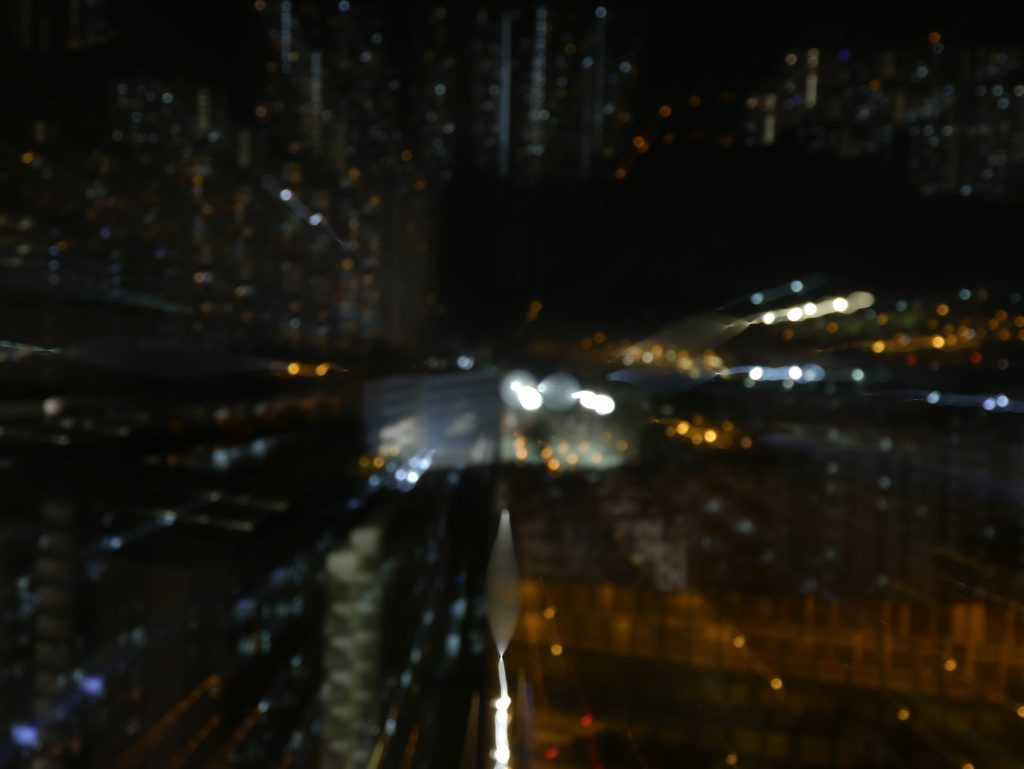
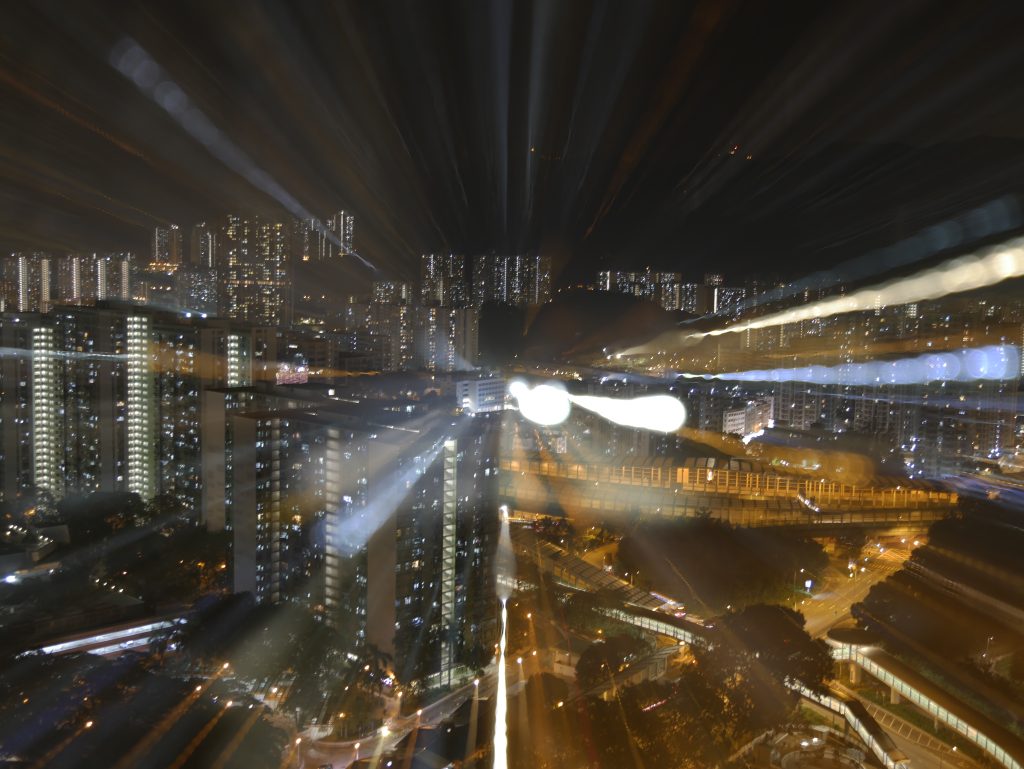
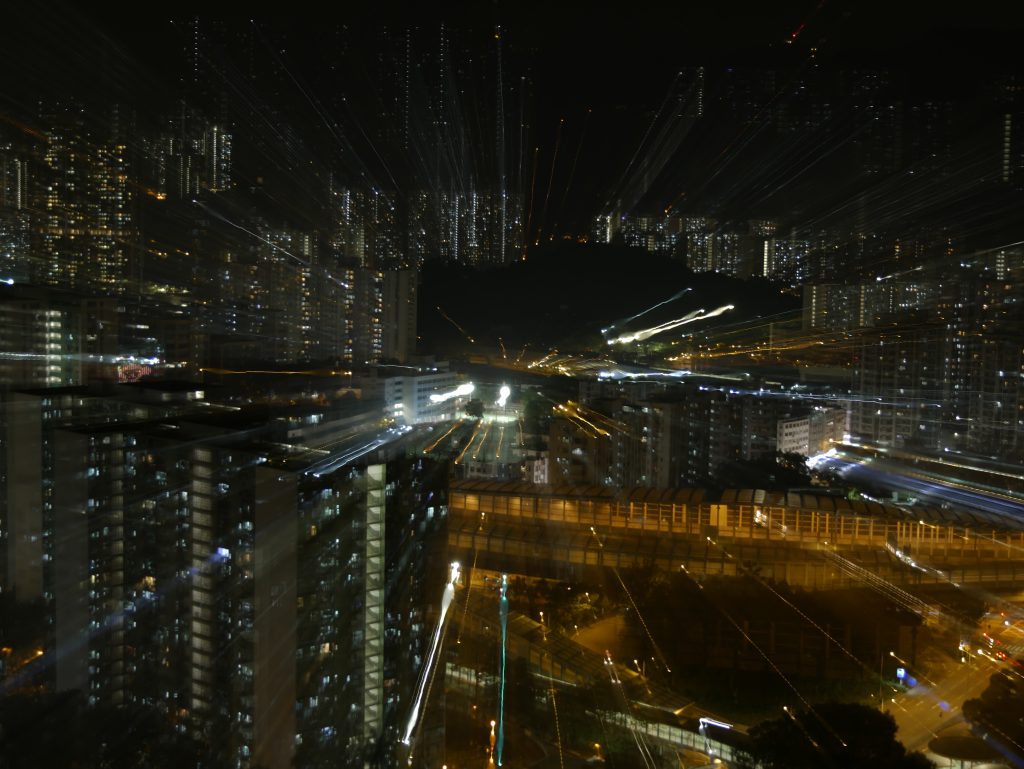
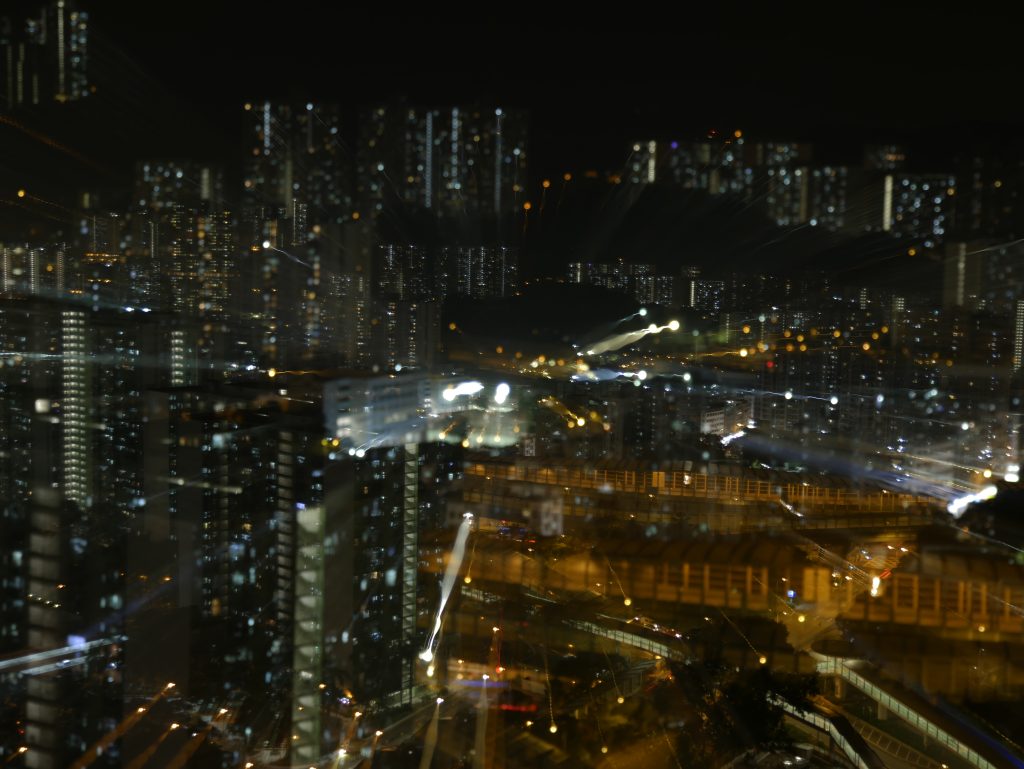
With a combination of object movements in the frame, camera manoeuvring, and scaling adjustments within the blog, we are presented with a protagonist that stretches itself towards us, runs across a fractured panorama confined by the borders of the camera sensor, and teases itself in ways that look different every moment you look at it.
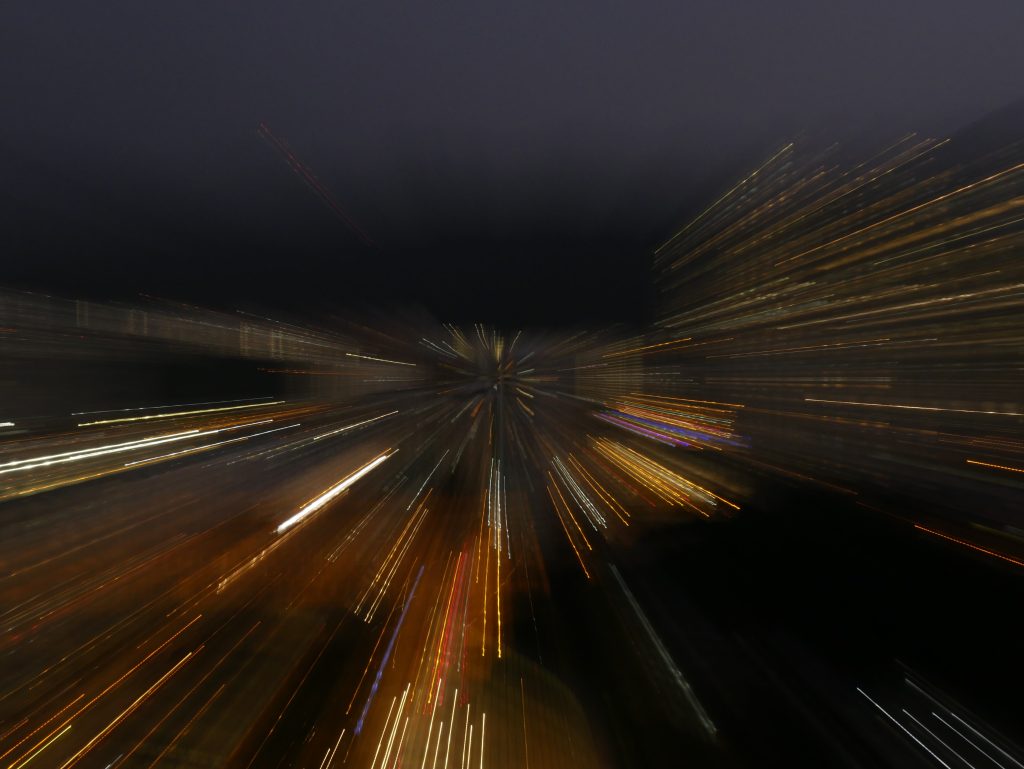
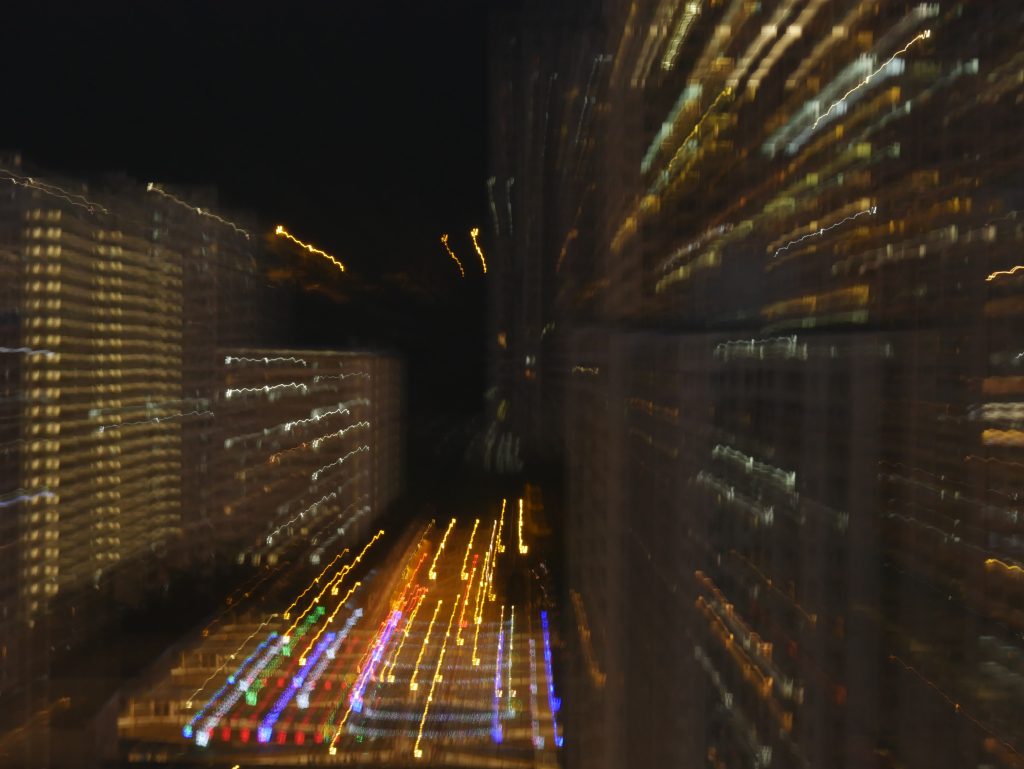
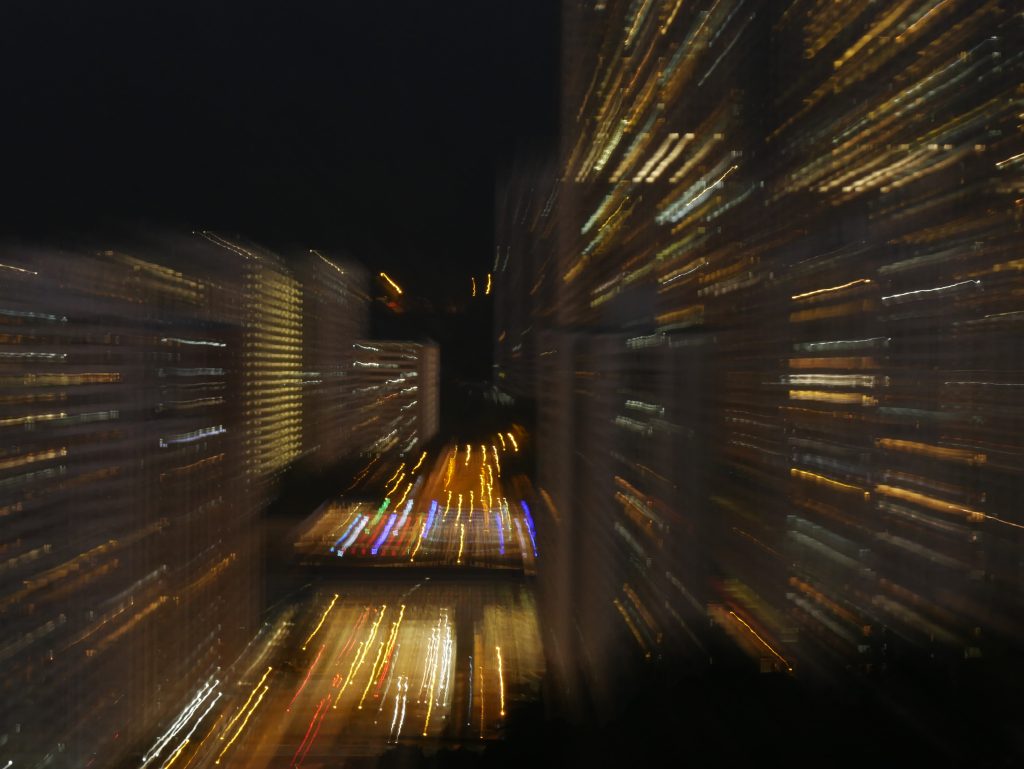
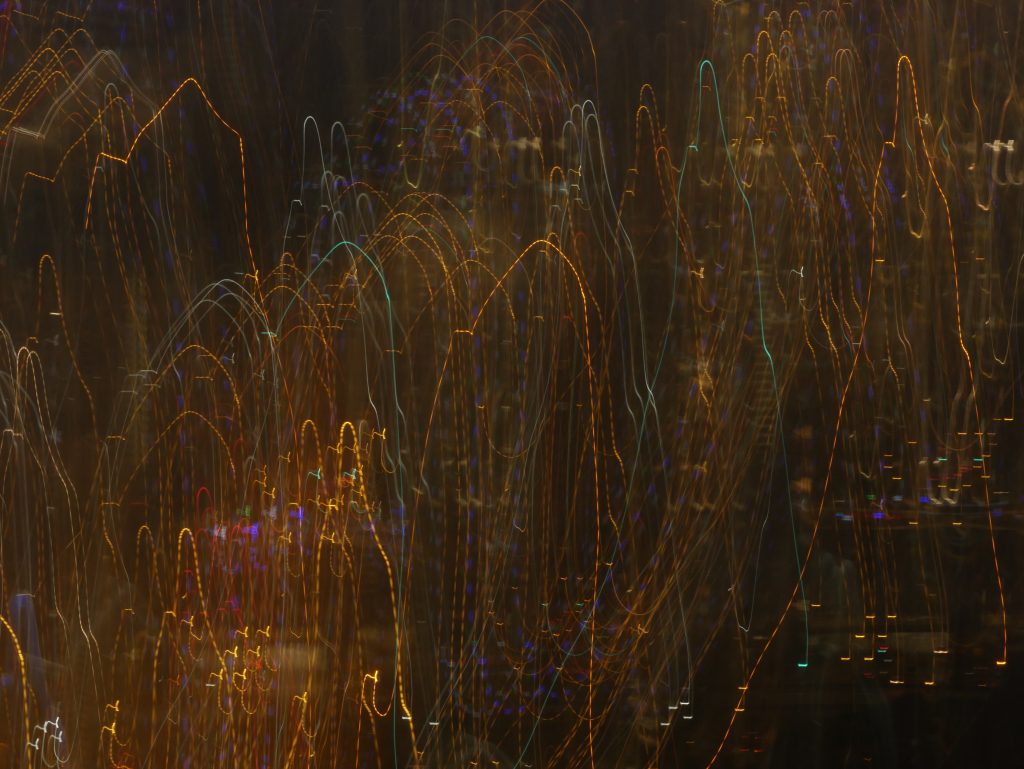
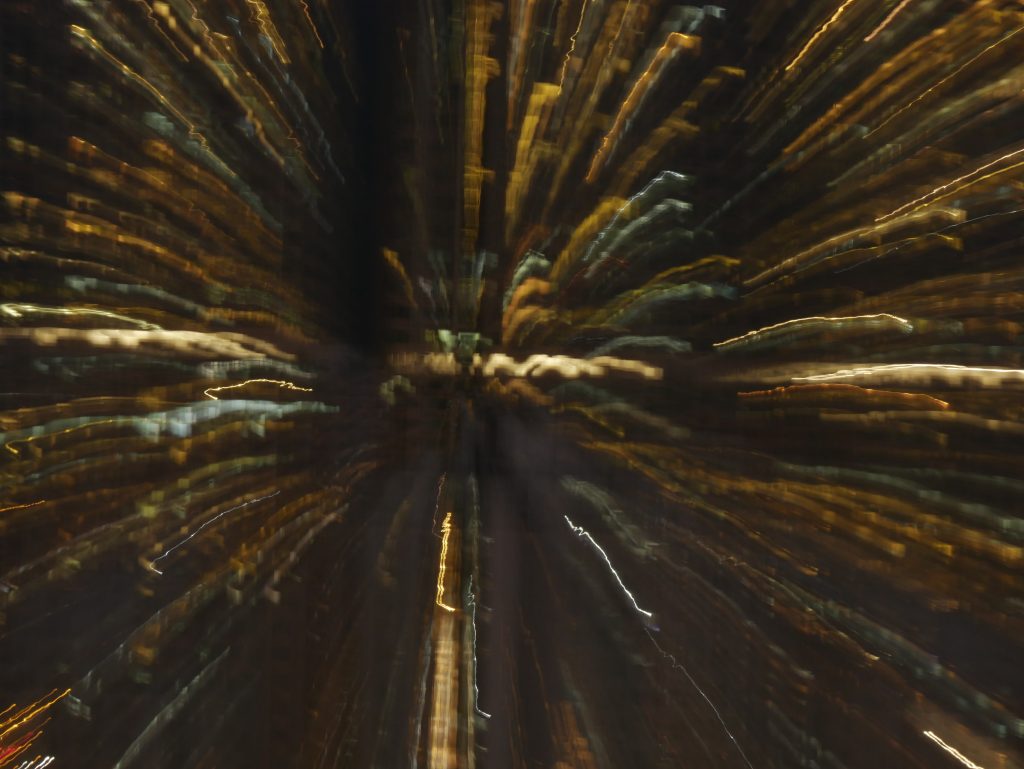
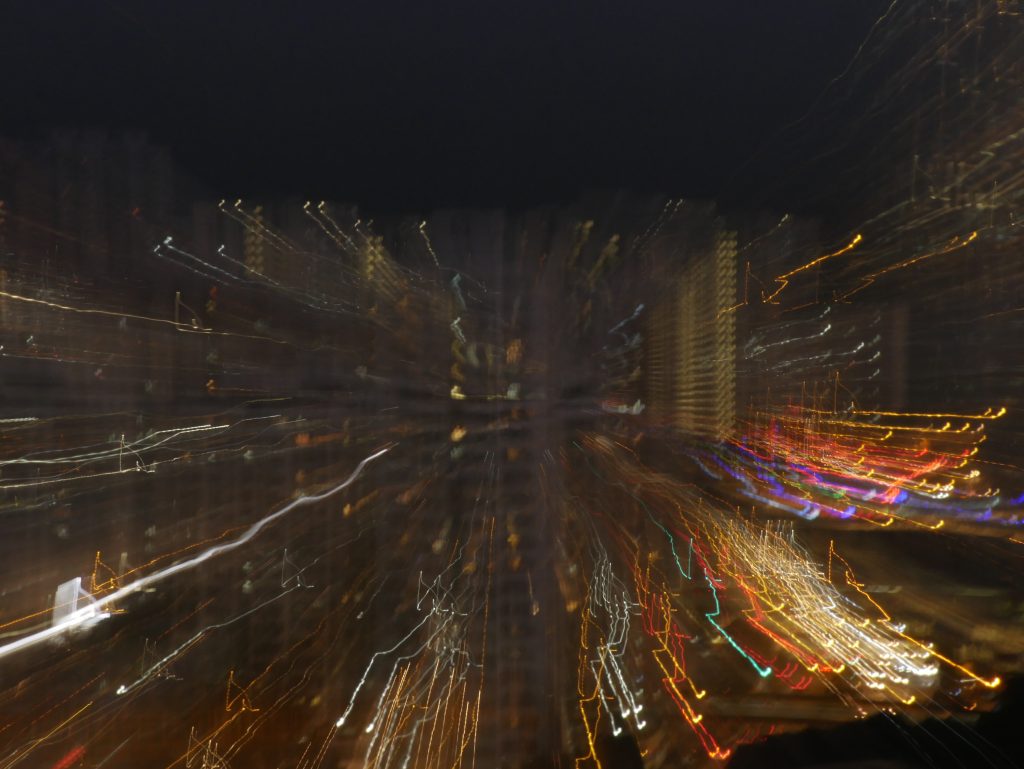
The grimly lit stage of my photographic world that initially appears to inhibit ideas surprisingly outdoes itself. The lights have become the protagonists of the piece, rather than the supporting fixtures behind the viewer or hidden in the ceiling. The action is no longer a result of the cohesion between a set’s lights and camera, instead it is now a part of the process of creating a photograph. This is the uninspiring film industry motto “Lights, Action, Camera”, unmistakedly performed with a twist.
Ultimately, the light shines in the darkness, but the darkness has not overcome it!
Let us close this thought with a shot as the camera puts itself to sleep.
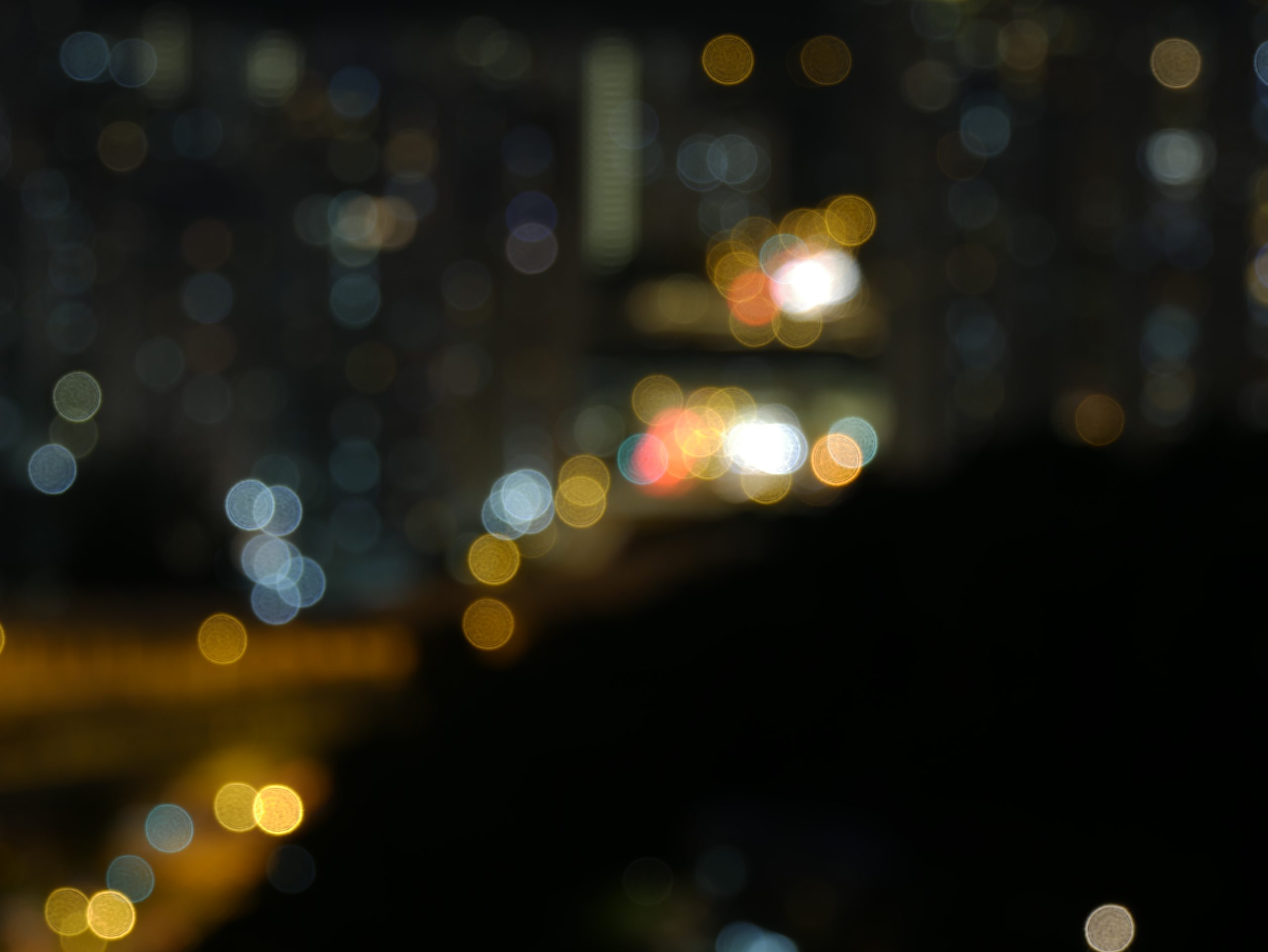
Leave a Reply